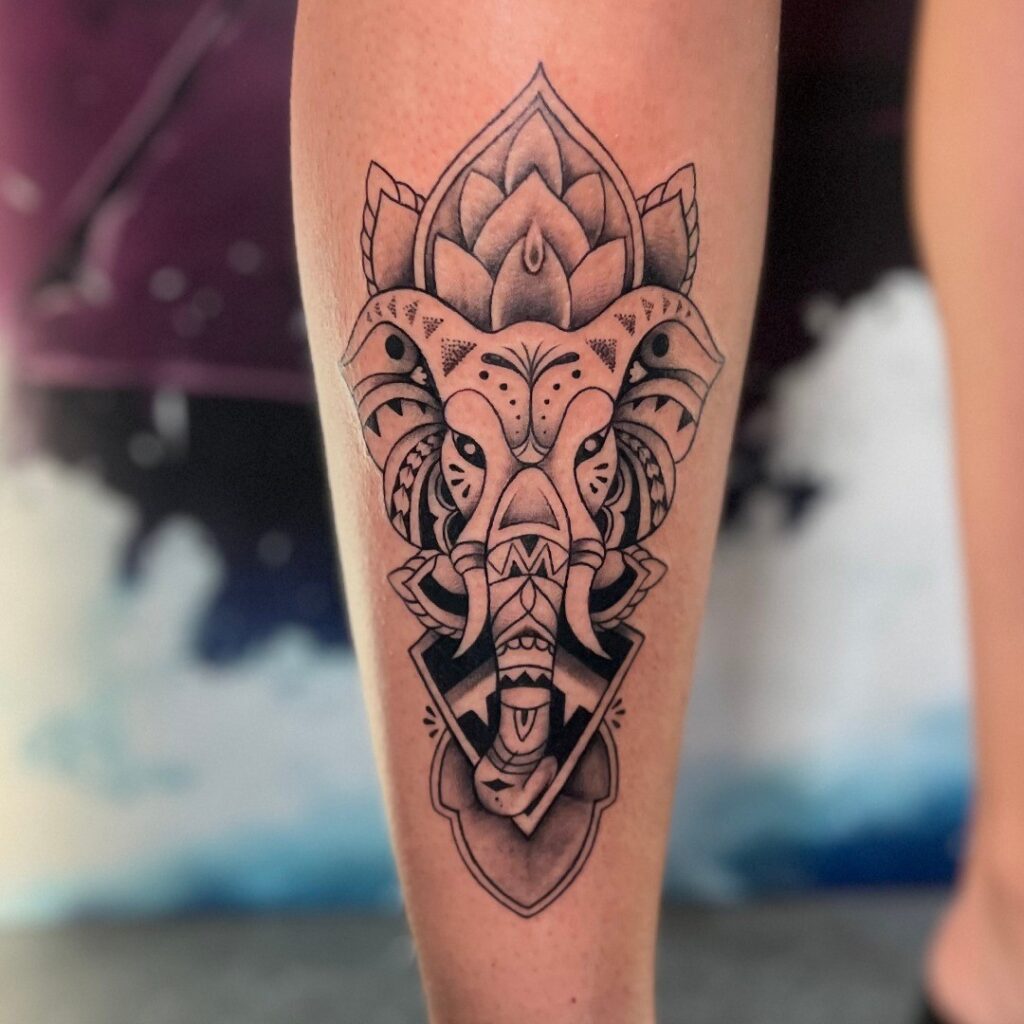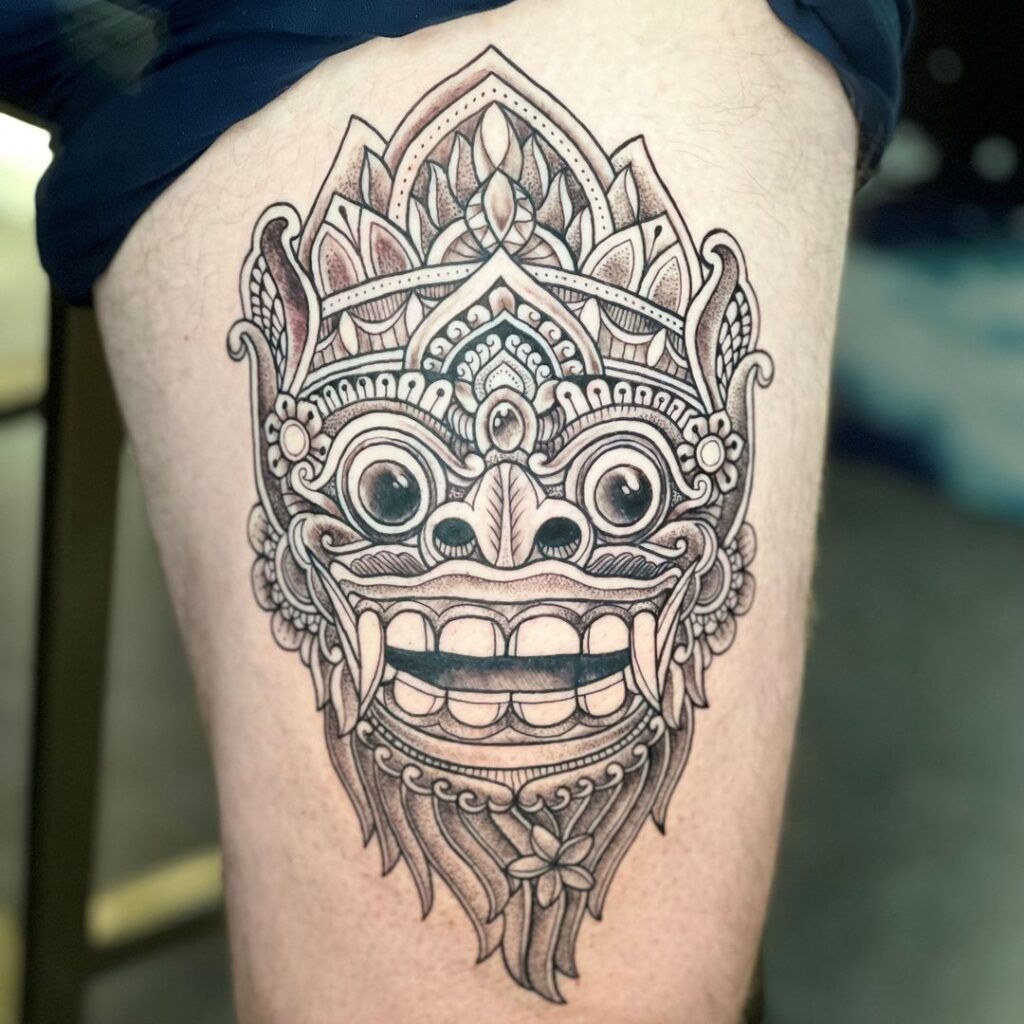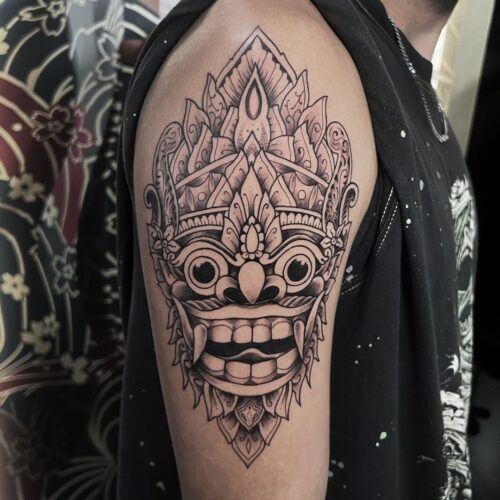Tattoos serve as expressive art forms in modern society. Nevertheless, these symbols go beyond aesthetics. Around the world, tattoo traditions bear cultural, religious, and tribal importance.
Ancient Rituals: The Polynesian Tattoo
In Polynesia, tattooing is a significant rite of passage. Intricate designs known as “tatau” often cover a large part of the body. These tattoos carry ancestral meanings, passing down stories and traditions through generations. Master tattooists, still loyal to their craft, employ traditional hand-tapping methods to this day. The process is both painful and time-consuming, but to the locals, it’s an honor and a form of personal identity.
Spiritual Symbols: Tattooing in Japan
In Japan, tattoos often carry a spiritual essence. Historically, the Japanese considered them protective talismans against evil spirits. However, tattoos also have a complicated relationship with the Yakuza, Japanese organized crime groups. This duality influences the public perception of tattoos in Japanese society. As a result, many hot springs and public places have policies restricting the entry of individuals with visible tattoos.
Divine Ink: Tattoos in Hinduism and Buddhism
In Hinduism and Buddhism, tattoos are viewed as spiritual emblems. Hindu gods like Shiva and Ganesh, along with Sanskrit scripts, frequently inspire these designs. Similarly, Buddhist tattoos often feature intricate mandalas or detailed images of the Buddha. These tattoos aim to invoke divine blessings, serve as spiritual guides, or offer protection against evil forces.
The Art of War: Military Tattoos
In many military cultures, tattoos are badges of honor or rites of passage. These designs may denote a soldier’s unit, combat experience, or personal milestones. In the United States, for instance, tattoos have a long-standing tradition among service members. From the iconic “Semper Fi” of the Marines to the anchor symbol of the Navy, each tattoo narrates a tale of loyalty and valor.
Prison Tattoos: Ink Behind Bars
In the realm of correctional facilities, tattoos hold a unique narrative. Often serving as badges of affiliation, they can also symbolize regret or aspirations for change. This genre of tattooing adopts rudimentary methods due to limited resources, yet every ink mark is profoundly personal and intimate. It can serve as a visual record of the bearer’s life experiences, making it a form of biography written on the skin.
Cultural Rebellion: Western Tattoos
In Western cultures, tattoos have transitioned from markers of rebellion to mainstream fashion. From celebrities to working professionals, tattoos are now part of the broader cultural tapestry. Sentimental or commemorative value frequently inspires these tattoo traditions. Dates, names, and meaningful quotes are popular choices that resonate on a personal level with the bearer.
Scarification: Africa’s Alternative to Tattooing
In some African tribes, tattooing takes a back seat to scarification. Raised scars, rather than ink, form these designs. Created through carefully controlled skin abrasions, these markings often signify milestones such as entering adulthood or marital status. The complexity and visibility of the scars can also indicate the person’s courage or tolerance for pain.
Tribal Tattoos: Indigenous Inkscape
Indigenous communities across continents like South America and Australia also possess unique tattoo traditions. These tattoos often involve symbols that connect the wearer to their ancestral lineage or natural elements like water, earth, and air. Moreover, traditional methods such as thorn-pricking and charcoal inking are still prevalent among indigenous people, lending authenticity to the designs.
Changing Global Attitudes towards Tattoos
Attitudes toward tattoos continue to evolve, reflecting shifts in societal values and norms. In many Western and increasingly globalized societies, tattoos are no longer merely the markings of rebels or outcasts. Celebrities, athletes, and even professionals proudly display their ink, fueling an acceptance and celebration of this ancient art form.
However, the tattoo landscape isn’t universally progressive. In certain cultures and communities, tattoos still carry a level of stigma or are subject to societal taboos. For example, in conservative societies, visible tattoos can result in reduced job prospects or social ostracization. Moreover, in some places, tattoos can still signify social or even criminal affiliations, influencing how tattooed individuals are perceived and treated.
This complex landscape doesn’t deter the passionate tattoo traditions from growing and expanding across the globe. Among the emerging hubs for tattoo enthusiasts is Bali, an Indonesian island known for its lush landscapes and rich cultural heritage. Over the years, Bali has become a hot spot for body art, owing its popularity to several factors.
Firstly, Bali offers an incredible array of tattoo styles and designs inspired by both local and international art forms. From traditional Balinese patterns to intricate mandalas and Polynesian tribal designs, there’s something for every ink aficionado.


Secondly, Bali boasts a burgeoning community of highly skilled tattoo artists. Many artists in Bali have international experience, adding a level of sophistication and variety to the available options. The level of craftsmanship and attention to detail has made Bali a sought-after destination for those looking to get inked.
Last but not least, tattoo prices in Bali are exceptionally competitive, especially compared to other tattoo tourism hubs like Miami and Tokyo. Affordable pricing does not mean compromised quality; it merely reflects the lower cost of living and operational expenses in Bali. This cost advantage has turned the island into a go-to destination for quality tattoos without breaking the bank.
